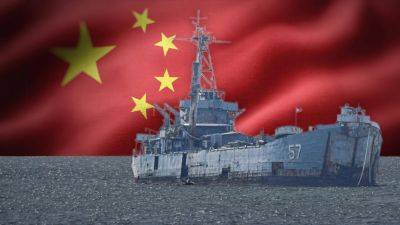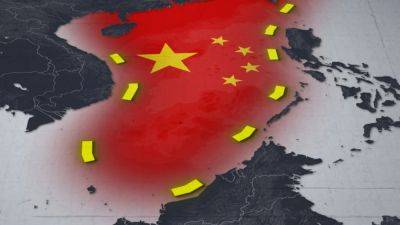As Philippines, Vietnam close ranks, China adopts ‘divide and conquer’ approach
Beijing’s policy is calibrated accordingly by factoring Manila’s more assertive approach and Hanoi’s “low profile” way of managing the dispute, analysts say.
Philippine and Chinese vessels have clashed in the contested waters in recent months, with a constant war of words exchanged between both sides. Among the incidents, Chinese personnel deployed water cannons, boarded Philippine vessels armed with axes and machetes and destroyed equipment to disrupt Manila’s resupply missions to the Second Thomas Shoal.
In contrast, Vietnam has more avenues for dialogue than the Philippines to defuse tensions with China, according to analysts.
On August 1, Vietnam pledged to strengthen its partnership with India in areas including freedom of navigation and overflights in the South China Sea. Vietnam has also signed military cooperation agreements with the United States, Australia, France and Japan.
Abdul Rahman Yaacob, a research fellow in the Southeast Asia Programme at the Lowy Institute, said the Philippines and Vietnam faced similar challenges in the South China Sea.
Like the Philippines, Vietnamese fishing fleets and oil exploration activities in the South China Sea within its exclusive economic zone had been harassed by Chinese vessels, said Rahman, a specialist in Southeast Asian defence and security.
“However, unlike Manila, Hanoi is keeping a low profile and does not publicise these incidents,” Rahman said. “Vietnam’s strategy is not to allow its disputes with China in the South China Sea to shape its otherwise healthy relations with its northern neighbours. This is the point Hanoi officials consistently made to me.”
Manila has also publicised China’s aggressive behaviour while showing its commitment to defending its territorial







